
If you need to furnish your professional activity, here is a space dedicated to you.
Wood is one of the most popular materials for gardens and terraces: it creates a warm atmosphere, which makes you feel welcome. In this in-depth analysis we give you some suggestions on the most suitable style for your outdoor space based on the effect you want to create and some advice on which essence to choose. Being a natural material, wood tends to adapt to atmospheric conditions and can change over time. For this reason it is good to choose the furnishings carefully and take care of them to maintain their optimal appearance.
Wooden furniture and accessories give character to gardens and terraces, and depending on the style they can create a different atmosphere. For example, slatted chairs and tables are the emblem of a more rustic or classic taste, inspired by farmhouses, farmhouses or mountain chalets. We suggest combining them with natural materials and perhaps adding a few touches of color.
For a dehors with an ethno-chic atmosphere, however, you can draw inspiration from Indian, Indonesian or Thai tastes, which are particularly interesting for furnishing the outdoor lounge. You could therefore choose sofas and armchairs with carved motifs, padding in light tones, accessories in natural fibers and warm colours, as suggested by the settings created by Gervasoni or Talenti .
For those who prefer essential lines, we suggest opting for the Nordic style , which finds one of the founding materials in wood, modeled in this case with minimal shapes. Among the most interesting brands in this area are Ethnicraft and Mindo, which make essentiality a distinctive feature.
As for the choice of type of wood, in general hardwoods are the most suitable for the outdoors: durable and stable, they resist climate changes, mold and parasites. The most used essences for outdoor furniture are teak, iroko and mahogany.
Teak in particular is one of the most valuable, so much so that some define it as "the king of wood". It comes from a species of tree that grows in tropical forests in India, Southeast Asia and the Philippines. It is a waterproof and pest-resistant essence, thanks to an oily resin produced naturally by the plant. The surface has a golden-brown color and over the years develops a silver-grey patina, a peculiar characteristic of teak. An important aspect to consider when choosing furniture is that it is produced in a sustainable way, with raw materials coming from FSC certified forests, managed in compliance with rigorous environmental, social and economic standards.
Iroko wood, on the other hand, originates from equatorial Africa and is a very hard and stable essence. It resists deformations and stresses due to environmental conditions over time, such as changes in temperature and bad weather. The shades of this essence can range from ocher to dark brown, depending on the seasoning. Together with mahogany and teak, iroko is one of the best quality essences for outdoor furniture.
Black locust, a plant from the acacia family, and pine wood are two other types of wood that are quite common for outdoor furniture. These are materials with a softer consistency than the previous ones, easier to work with because they are more malleable. For this reason, however, they are also less resistant to bad weather, parasites and humidity: for this reason they require greater care and maintenance.
Other essences used for outdoor furnishings, but less widespread, are larch wood, cedar and ipè, used in particular for construction elements of spaces. Even if it cannot be defined as wood, rattan, a plant material derived from various species of climbing plants, also deserves mention. It is mainly used to make woven furniture and accessories.
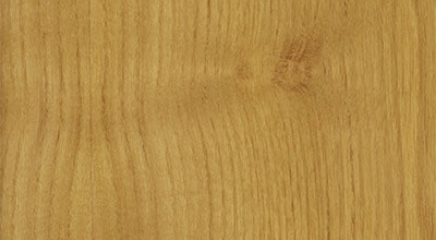
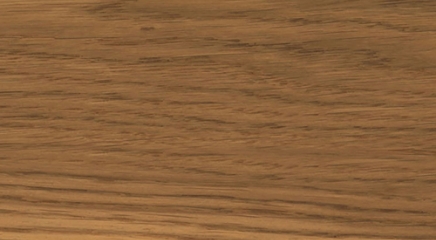
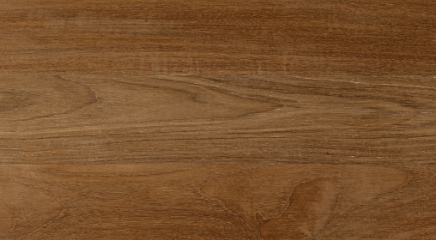
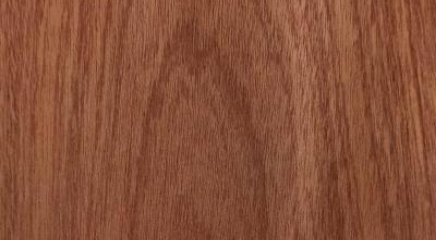
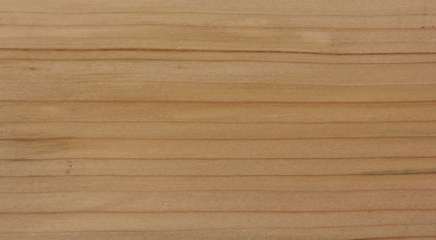
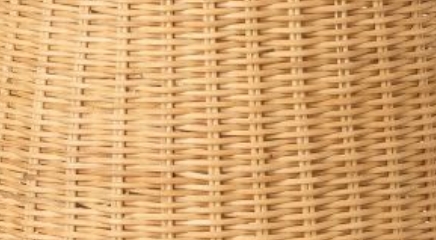
In general, even the finest woods need maintenance to maintain an optimal appearance over the years. Being a living material, wood adapts to atmospheric conditions, can change color slightly and appear with small cracks: it is a natural process that can be slowed down or prevented by lightly sanding and regularly oiling the surface with specific products.
The ideal would be to place the furnishings in covered outdoor spaces and shelter them in case of rain or humidity. In winter or when not in use we recommend covering them with suitable covers, which can be purchased together with the furnishings. Instead, it is better to avoid improvised materials such as nylon or plastic sheets which would risk causing humidity to stagnate inside, damaging the wood.


If you need to furnish your professional activity, here is a space dedicated to you.